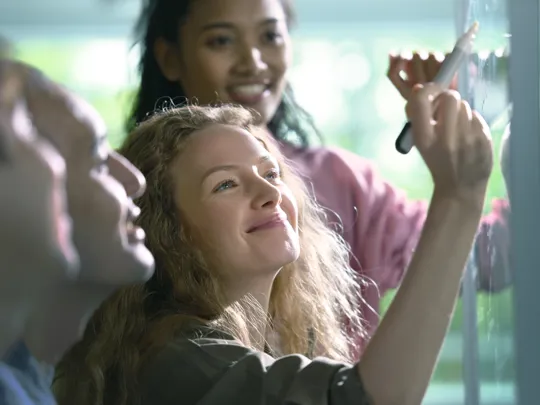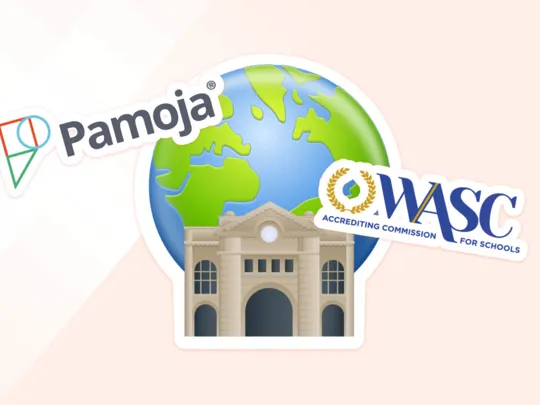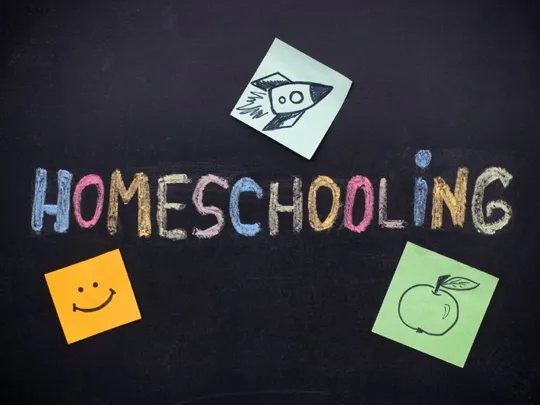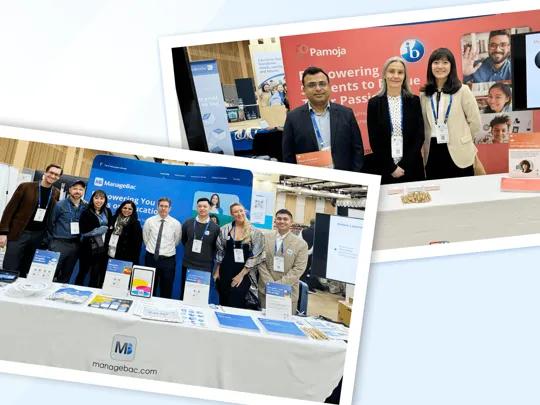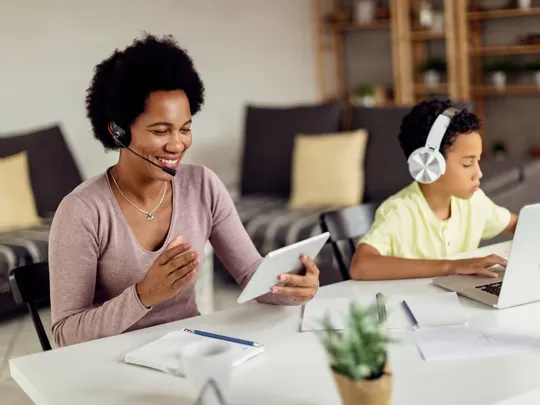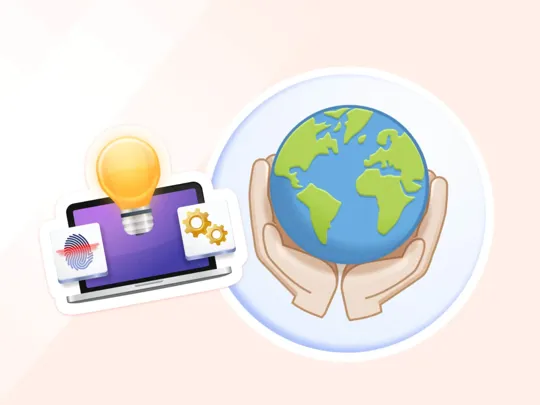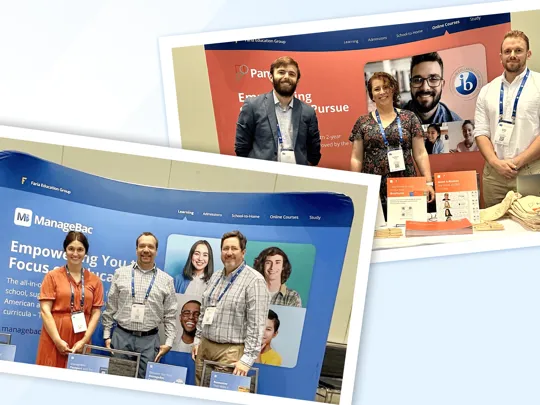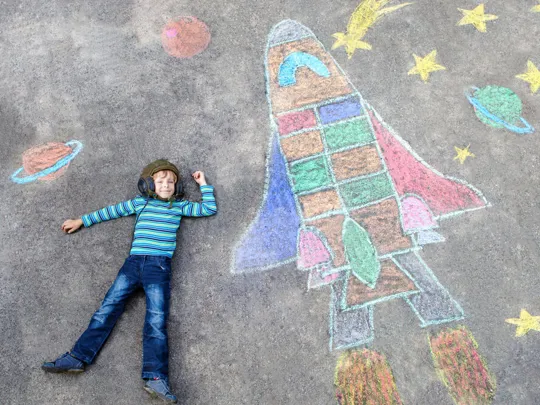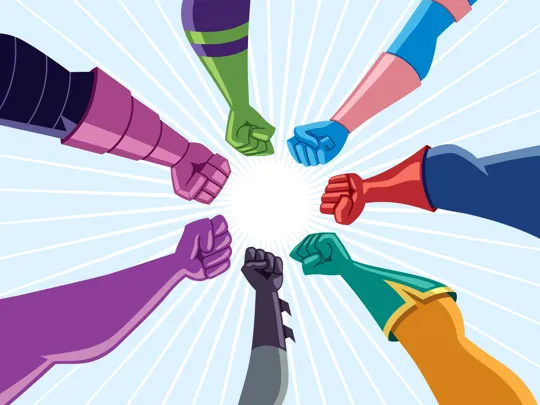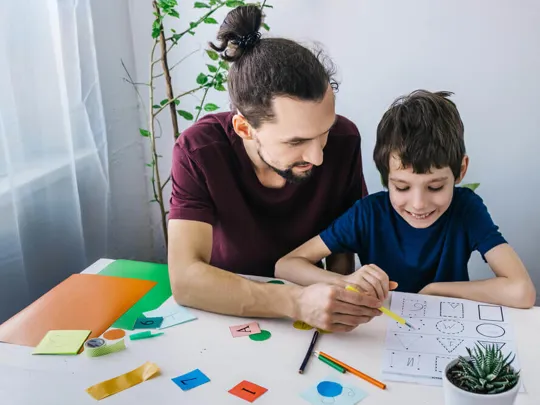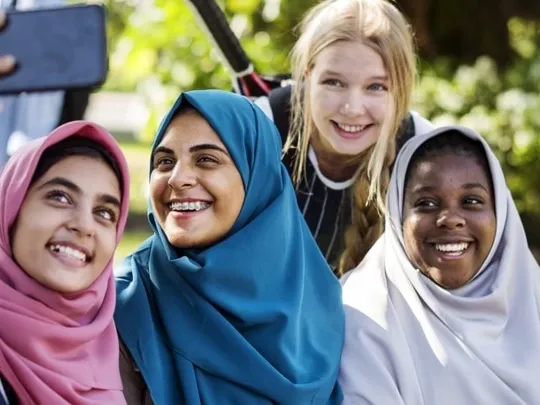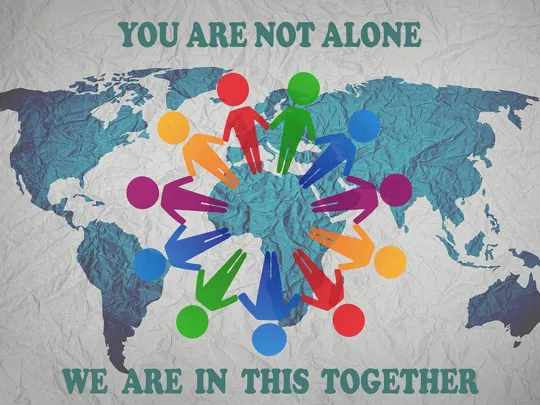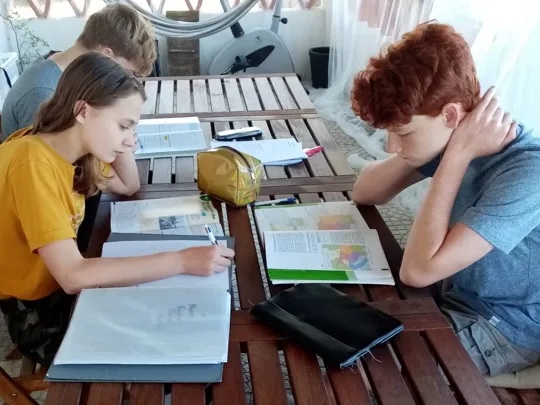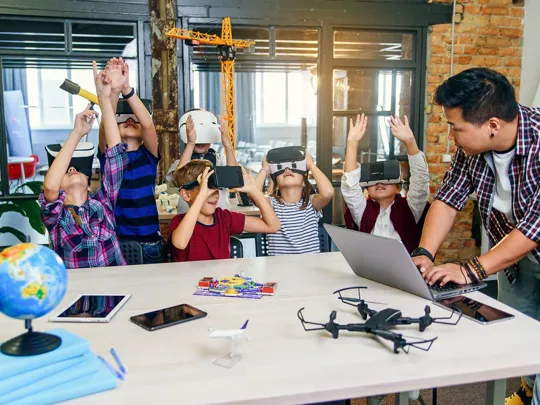As the Covid pandemic continues to tighten its grip on the world, many of us are facing new challenges concerning our health and safety. The rapidly increasing school closures, especially over the past few months, have hindered face-to-face learning for untold numbers of students – but this is just one of the many difficulties we face every day that influence our individual lives and wellbeing.
However, we have been inspired by the unwavering dedication and extraordinary collaboration taking place all over the globe to create the best learning experience for students in spite of these setbacks, as discrete and whole communities have come together to support one another.
What is Zone of Proximal Development (ZPD)?
Zone of Proximal Development (ZPD) is one of the most highlighted concepts of Lev Vygotsky’s work, implying the potential level of success an individual could attain with the aid of other competent individuals.
The goal of education in Vygotsky’s study is to ensure students are placed in their own ZPDs as much as possible, by presenting intriguing tasks, meaningful learning experiences, and problems of certain difficulty which requires assistance from capable peers and facilitators.
As mentioned by Vygotsky, on the values of social interaction, individuals in a nurturing environment engage to expand their current knowledge and skills through various interactions.
The idea of scaffolding
Facilitators provide ‘scaffolding’ (a teaching method) with considerations of individual ZPDs through constant revisions and feedback. This reduces scaffolds when students express more capabilities, and augments scaffolds when students show limited capabilities.
Over time, more and more scaffolds are removed, and students gain confidence as they internalise the knowledge and skills acquired from tasks. This can be undertaken as a facilitator’s measured intervention through oracy, the provision of carefully selected online resources, and the opportunity to interact with students through online conferences.
Teachers can also use effective strategies during video conference lessons to enhance ‘momentum’. Lessons and activities can be led by teachers through Zoom. This video conferencing tool allows for direct communication between facilitator and students.
Things to think about when teaching online
When using video conferencing, you must promote engagement as much as possible:
- Allow time for students to socialise, and incorporate an icebreaker.
- Keep lessons short, with clear-cut and concise explanations. This is vital in environments where students are especially busy or easily distracted.
- Consider Technology Enhanced Learning (TEL). Many platforms (such as Zoom and Google Meet) provide an interactive whiteboard or other helpful options such as sharing your screen.
- Organise breakout sessions once in a while. The class can be divided, and pre-assigned or auto-assigned into smaller groups for more focused discussions on a particular topic. After a period of time, they can return to the whole class and share their ideas together.
- Try using polling features in the software. Examples include raising announcements or questions and collecting responses (even in the form of votes). This is very helpful for gauging and monitoring students’ current level and progress.
The importance of collaboration
As one of the key elements of both scaffolding and social interaction, collaboration has been highlighted by Vygotsky. This section focuses on its benefits and how it can be practised in classroom environments to enhance students’ learning experiences, which will in turn maximise ZPDs.
Collaboration serves as the basis for social interaction in the expansion of Zone of Current Development (ZCD) to Zone of Proximal Development (ZPD). Through collaboration, guidance, and appropriate support, students can achieve more tasks independently (Vygotsky, 1978).
Try implementing the following:
- Assign a student moderator, but not to add another post on the discussion – rather, to clarify and respond to other posts. After a thorough inspection, the moderator will then create a short write-up to report to the instructor.
- With a large class, discussions can be very difficult to manage. Divide students into separate groups (group 1, 2, 3). Combined with the useful breakout rooms feature in Zoom, participants can virtually meet and discuss the topic in smaller numbers, which allows for better collaboration.
- If these discussion boards are held regularly, students will have a smaller, focused group of classmates they can interact and build a relationship with. Thus, these discussions would promote much more active participation as they would not be as intimidating for quieter students to engage in.
The process of inquiry
Inquiry is an assembly of interdependent processes, which are initiated with questions from students, developed through steps of investigations, verified for validity, and attained to conclusion on certain phenomena.
Through the process of inquiry, students gain advanced knowledge and attain rich comprehension of concepts. This can further be augmented when students placed within the Inquiry Based Learning (IBL) environment are provided with appropriate guidance and scaffolding from facilitators, to create synergy in understanding concepts in an online classroom.
Teachers may assign quality work that is meaningful and anchored to curriculum objectives. In a ‘flipped classroom’, the instructor would ask students to read certain sections or watch additional videos in their own time, and then conduct a question-storming session using the online meeting itself. In addition to increasing the productivity of the class as a whole, affording students agency over their learning experience would help them learn better.
A pathway of discovery
It is the teacher’s responsibility to stimulate and encourage the active learning process within the class, to guide learners to their own pathway of discovery.
To do this, the facilitator would first introduce a problem for the learners to solve. Initially, students may try to brainstorm a list of questions about that particular unit. They could also invite their peers to take part in real-time editing and collaboration, by adding questions and comments simultaneously in Padlet or even creating extensive mind maps through Coggle.
Students may then be allowed to carry out their investigations through the appropriate websites, apps and simulations they have selected. Once the investigation stage is completed, students may present their report, which describes the process, progress, and the result of research.
Finally, the facilitators may host a discussion meeting where students can share their reflection, and provide oral feedback based on criteria through online means (Zoom).
Combining scaffolding with technology-enhanced learning can transform the learning domain and make the online classroom more meaningful.
I believe that Inquiry-Based Learning (IBL) can have positive impacts on students’ abilities to understand core concepts and procedures. Moreover, IBL also generates a more engaging learning environment.
In order to efficiently implement IBL in online classrooms, elements – such as scaffolding activities, formative feedback loops, effective questioning strategies, rubric to guide inquiry, and research projects – should all become prevalent in maximising the benefits of IBL, as well as the overall learning process.
Article by Pamoja Teacher Haoken Huoermaiti
References and extra resources:
Vygotsky, L.S. (1978). Mind in society: The development of higher psychological processes. Cambridge, MA: Harvard University Press.
Tips & Tricks: Teachers Education on Zoom, (2020)
PhET. (2020), Interactive simulation for Science and Mathematics

